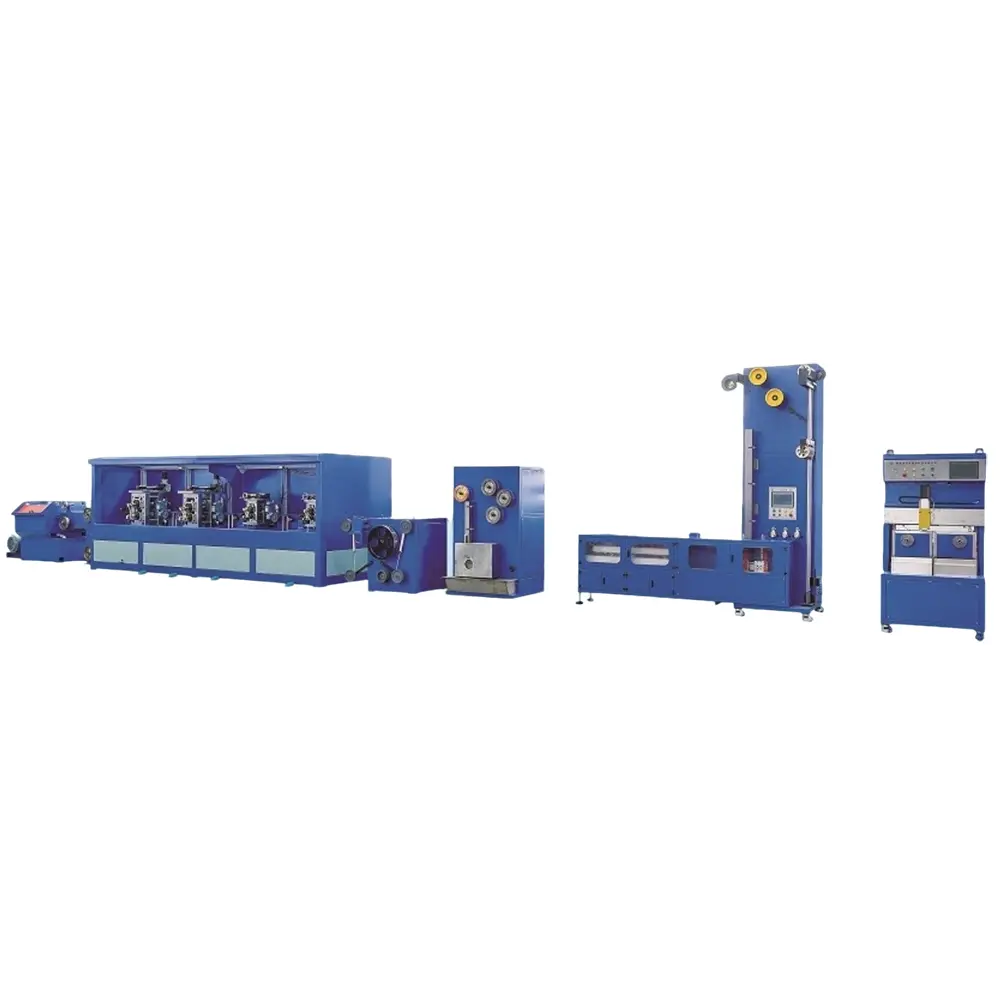What Is a Photovoltaic Welding Strip Rolling Mill?
2025-06-23
In the fast-evolving photovoltaic industry, the demand for high-efficiency, high-precision components continues to rise. Among the critical pieces of equipment driving this advancement is the Photovoltaic Welding Strip Rolling Mill. But what exactly is this machine, and why has it become essential for solar module production?
At its core, a Photovoltaic Welding Strip Rolling Mill is a highly specialized, intelligent manufacturing solution designed to produce the welding ribbons used in photovoltaic modules. These ribbons, also known as busbars, are vital for conducting electricity between solar cells, directly impacting the module's performance, efficiency, and reliability.
The latest generation of rolling mills integrates multiple advanced functions into a single, automated system. Starting with raw copper material of 3mm diameter, the equipment executes the entire transformation process, producing finished welding strips with widths ranging from 3 to 8mm and thicknesses between 0.2 to 0.45mm. Remarkably, this process occurs at speeds of up to 250 meters per minute, a testament to the machine's cutting-edge engineering and efficiency.
Beyond speed, precision defines the Photovoltaic Welding Strip Rolling Mill. The system is engineered to maintain a thickness tolerance as tight as ±0.01mm, meeting the stringent technical requirements of modern photovoltaic modules. This level of accuracy ensures consistent product quality, which is crucial for maintaining electrical performance and mechanical stability across large-scale solar installations.
The machine's comprehensive design includes a fully automatic wire-laying system, multi-pass precision rolling, intelligent tension control, continuous annealing under nitrogen protection, and double-station winding. Each function contributes to a seamless, efficient production process that minimizes material waste while maximizing output quality.



